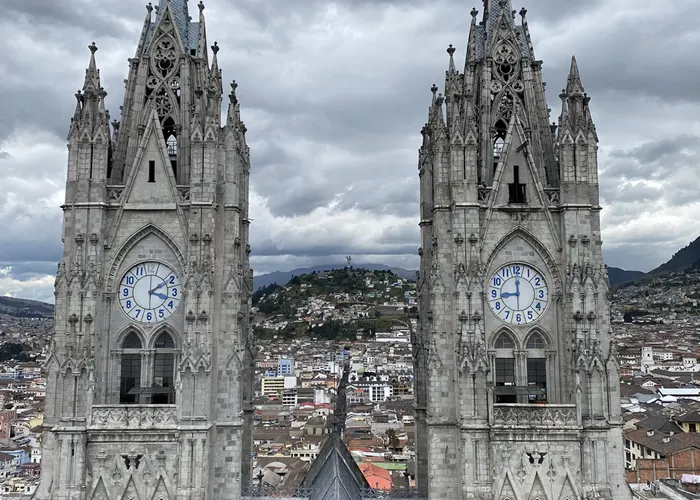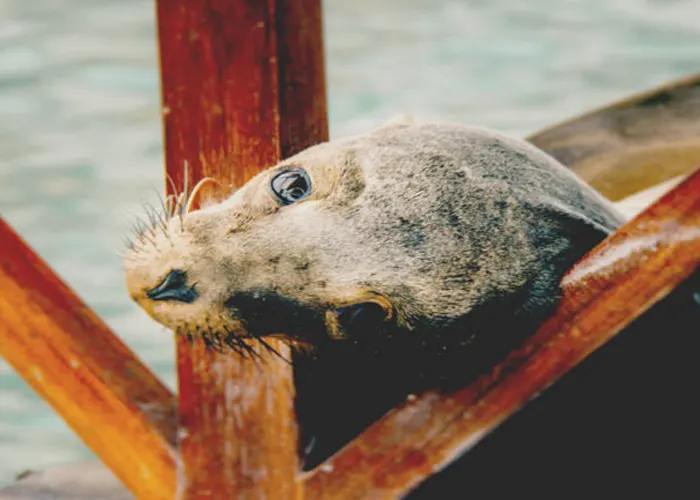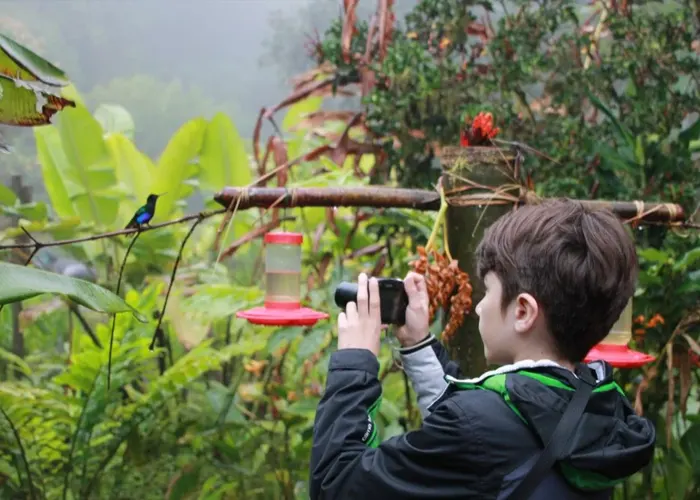Ecuador in a state of emergency?! My personal experience
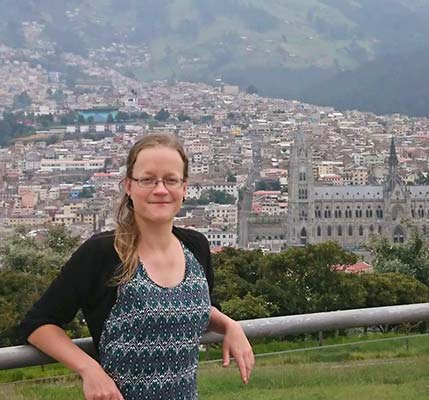
Maria S.
As a freelancer, I work from Germany most of the time, but I also spend several weeks in Ecuador every year. Since even the international media reported on the incidents in early January 2024, especially my relatives were quite worried about my trip to Ecuador this year.
I myself was pretty calm as I know that Ecuadorian media reporting is unfortunately often very dramatic and negative. I have personally experienced Ecuador in various times of crisis: I was here in the fall of 2019 when there were the protests by the indigenous population. I spent about half of the pandemic in Ecuador, experienced the initial severe restrictions, the first easing of restrictions and made the first possible trips and excursions. After the economy and tourism had recovered quite well after the end of the pandemic, a state of emergency was declared again at the beginning of 2024. What happened, and how is the current situation in the country?
How did the current state of emergency occur?
At this point, I briefly want to look at the triggering factors and what measures were taken as a result. The background to the situation is complex, and it is difficult to give an accurate report, as information is influenced by different political opinions and media reporting is not objective.
On January 7, 2024, José Adolfo Macías Villamar, alias “Fito”, the leader of the Los Choneros drug gang, escaped from prison in Guayaquil. The escape supposedly took place after “Fito” was informed that he was to be transferred to a high-security prison. Ecuadorian President Daniel Noboa declared a 60-day state of emergency following the escape. This led to riots in many prisons and soldiers were mobilized to restore public order and fight the gangs.
On January 9, 2024, members of the “Choneros” broke into a television studio in Guayaquil and took journalists hostage. At the same time, police officers and university staff were kidnapped. There were armed attacks on civilians and an attack on a shopping center.
On the same day, banks, markets and stores were closed to protect citizens from armed attacks. In a decree issued by President Daniel Noboa on January 9, following the attack on the television studio, he declared that there was an “internal armed conflict” in the country and instructed the armed forces to carry out military operations to neutralize “terrorist organizations and aggressive non-state actors”. Noboa’s security plan includes a new intelligence unit, tactical weapons for law enforcement and security, and a plan to temporarily transfer dangerous prisoners to prison ships.
In concrete terms, the state of emergency means curfews for the population at night in some cases, with the exact times varying from municipality to municipality. A traffic light system has been introduced for this purpose. In many municipalities, including Baños, Alausí, Guaranda, Mindo, Puerto Lopez and the provinces of Galapagos, Pastaza, Imbabura and Loja, there has been no curfew since the end of January.
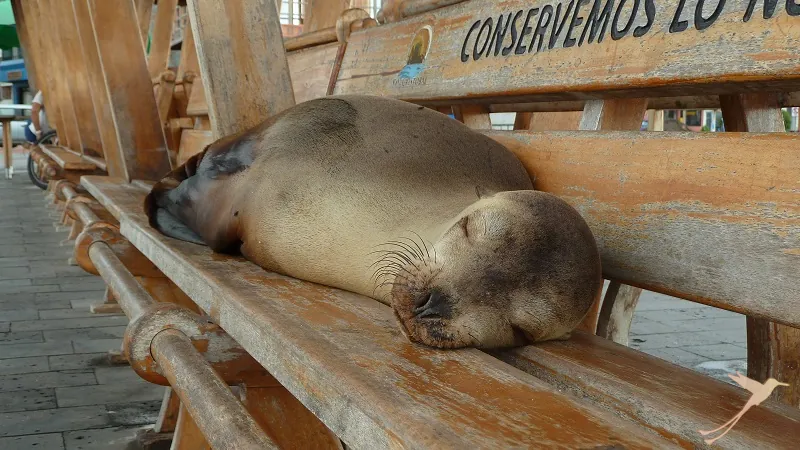
The state of emergency resulting from the declaration of “internal armed conflict” gives the armed forces and the police far-reaching control, a fact that is viewed critically by various human rights organizations. They have expressed concerns about possible violations of human rights during the conflict. Experts argue that the conditions for an armed conflict have not been met and that the actions of the security forces could potentially have negative consequences for Ecuador. The judicial review of this case is seen as crucial for the future of the country.
The state of emergency was extended by a further 30 days at the beginning of March and will now last until April 8, 2024. Legally, it cannot be extended again after this date.
How I experienced the state of emergency myself
I had actually expected to find a large military and police presence at the airport when I arrived on February 15, but there were no more than the usual security forces on site.
One of my first excursions within Quito usually takes me to the historic center. This year was no exception. Here, too, I had expected more of a military presence. However, only the presidential palace was cordoned off a little more than usual and one of the lively and usually rather chaotic pedestrian zones was also inaccessible.
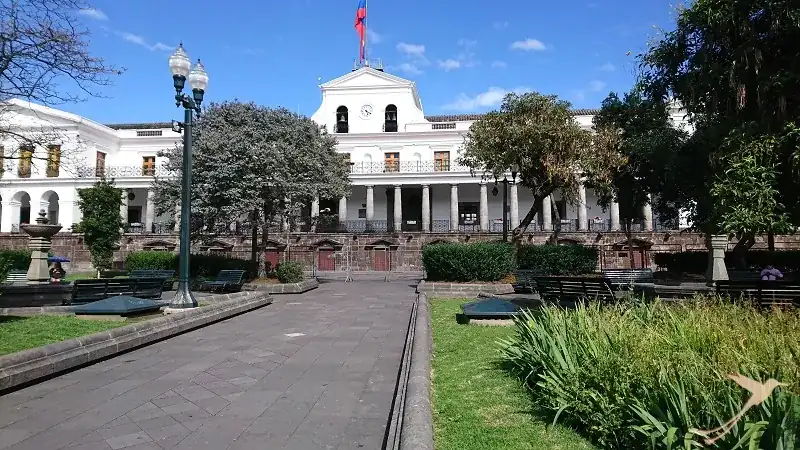
Otherwise, as always, I enjoyed walking through Quito’s old town with its many historic buildings and squares. Such a stroll is particularly worthwhile on weekend days, as the pedestrian zones are lined with stands selling handicrafts, souvenirs and typical local products. At no time did I feel unsafe or even threatened in the center. In my opinion, the situation in other districts of Quito has not changed for the worse since the end of the pandemic. There are still some neighborhoods and areas that you should avoid, especially late at night, and others that you can walk through without any problems.
Due to the curfew from midnight, many evening events and parties have simply been moved forward by a few hours. Only once, when I was having a drink with a friend in the Mariscal nightlife district, I saw five soldiers walking through the streets.
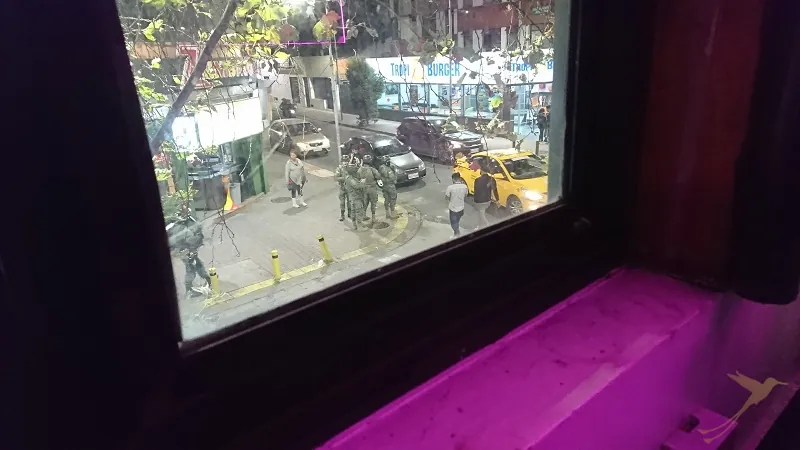
Trips to different regions without any problems
My first excursion outside Quito this year took me to the Mirador de Oso Andino, the spectacled bear lookout point near Pimampiro. You can read more about this tour, which several of our travelers have already done, in our article about the spectacled bears in Ecuador.
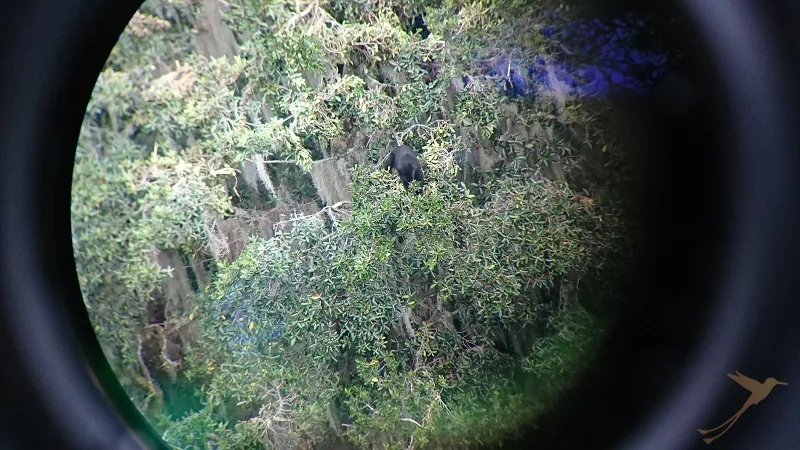
I was also thrilled by the landscape and the fact that I was able to observe bears in the wild for the first time, although from a distance and with binoculars. Here, again, I don’t notice the state of emergency. On the way back from Pimampiro to Ibarra, there were a few military trucks checking cars, although this can also happen in “normal times” as it is the road that leads to the border crossing to Colombia. A soldier came onto the bus for a moment, asked if everything was OK, got off again and the journey continued.
I will report on my two longer trips – one to the rainforest region and one to the coastal province of Manabi – in the following articles. One thing in advance: nothing happened to me, nor did I witness any robberies, attacks or other conflicts.
As I have neither a car nor a driver’s license, I used public buses, cabs and Uber, as I usually do. Sometimes early in the morning, sometimes in the evening and I also took a night bus once. I can only say that it felt the same for me as in the past. If I hadn’t known that a state of emergency had been declared, I wouldn’t have noticed.
Of course, you should avoid showing valuables on public transport, distribute money in different pockets and always be alert. But these are measures that are helpful regardless of the current situation, and not only in Ecuador.
From conversations with locals, I could confirm that the situation has improved significantly since the beginning of January. Yes, there have been attacks, there have been assassinations of officials and, as in many other countries, drug trafficking is a constant issue. But in the meantime, either the military operations have had an effect or the situation has calmed down on its own: There is nothing wrong with travelling to Ecuador.
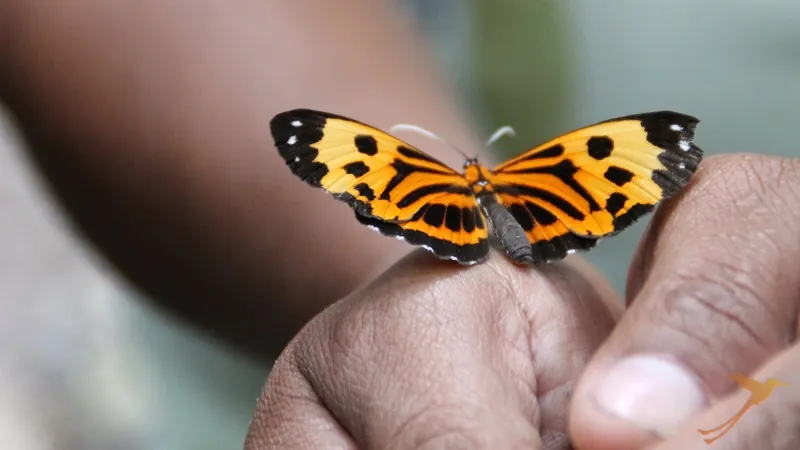
Even if it is possible to travel by public bus without any problems, it is advisable to book a guided tour first, especially if you are not yet familiar with the country and perhaps don’t speak Spanish very well. Maybe one of our sample tours will appeal to you? Of course, we are also happy to create a customized program for you. Rental car tours are also possible. Whatever type of trip you choose, from my point of view I can say: Ecuador is – again – a safe country to travel to!
visit our other channels
Recent Posts
- From Manglaralto to Pacoche and surroundings April 18, 2024
- Excursions within the rainforest region of Ecuador April 5, 2024
- Ecuador in a state of emergency?! My personal experience March 22, 2024
- The 10 most beautiful lakes and lagoons in Ecuador – Part 2 March 12, 2024
- The 10 most beautiful lakes and lagoons in Ecuador – Part 1 February 23, 2024
